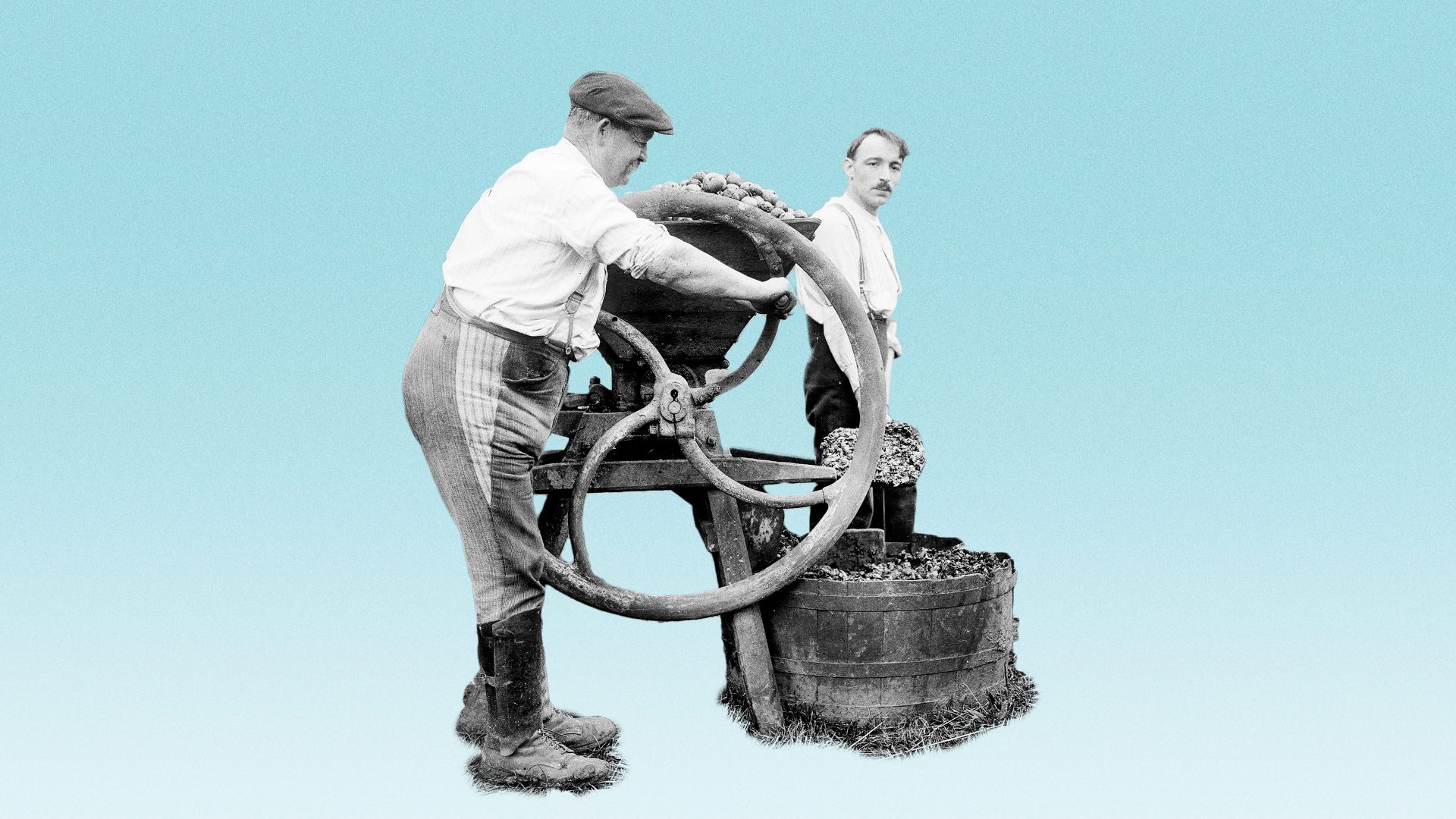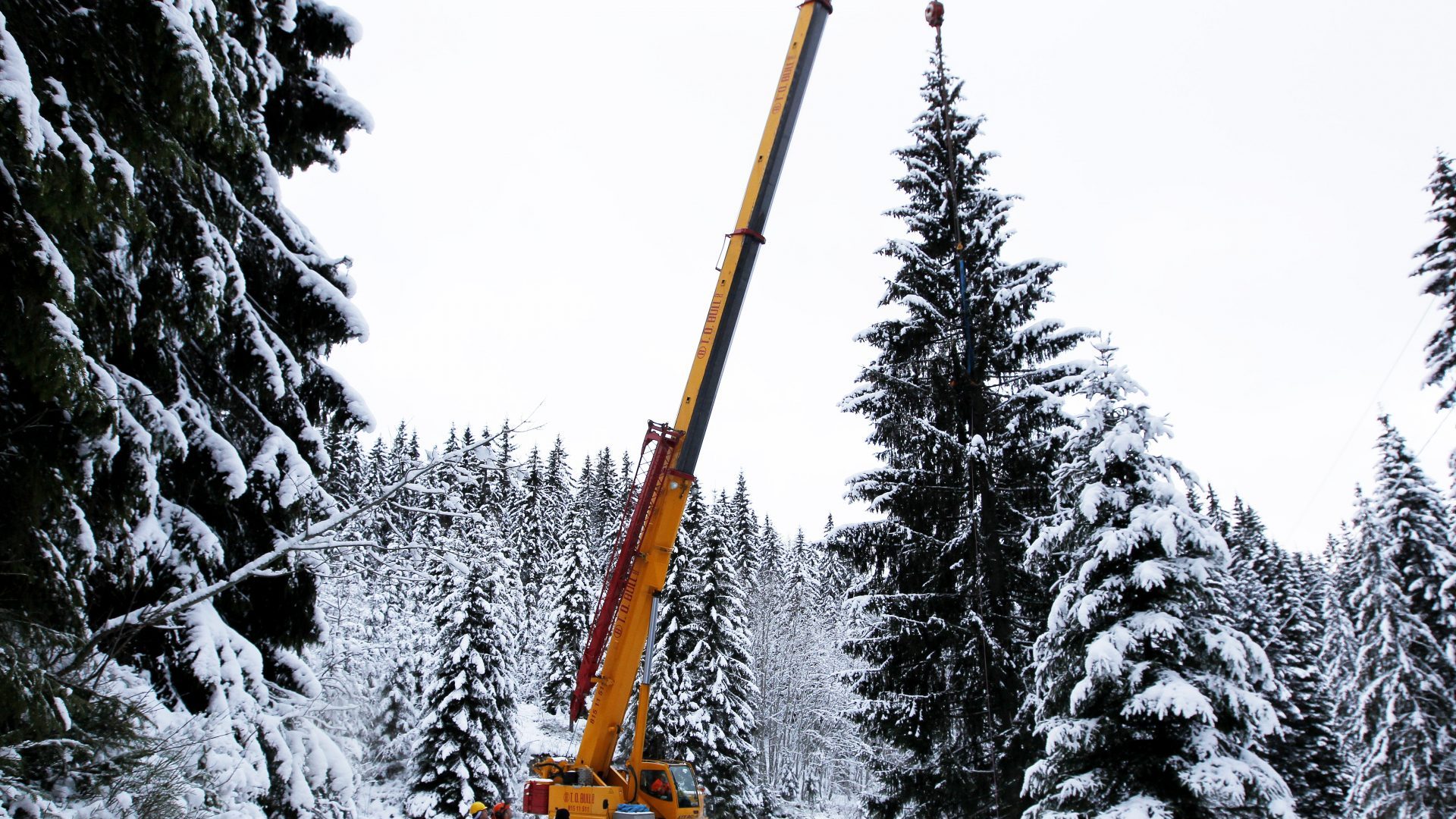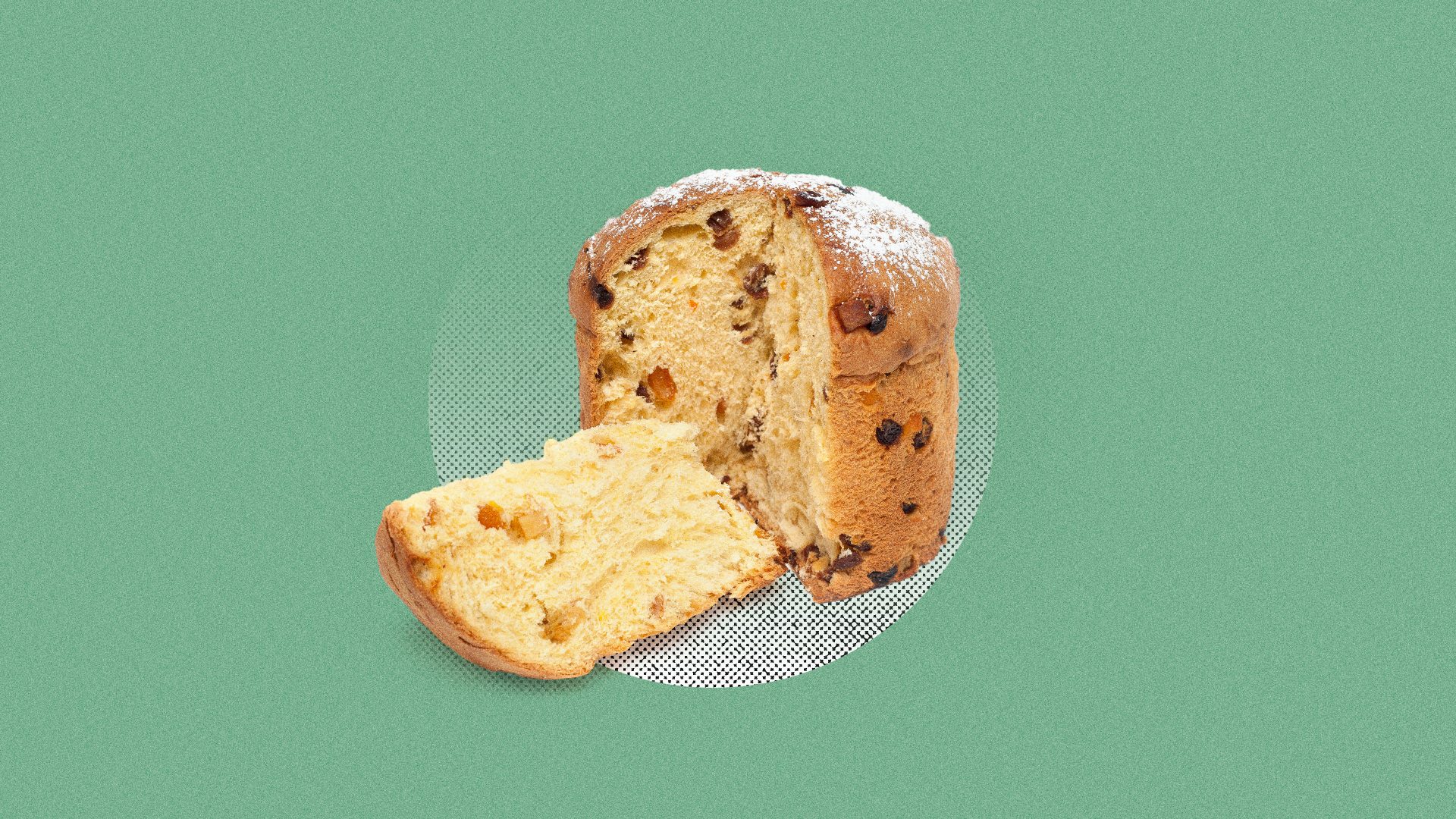The sight of the itinerant cider distiller plying the lanes of Normandy in autumn and winter is as old as the land itself. But around Honfleur, the idyllic port near the mouth of the Seine, the numbers of distillateurs ambulants, or bouilleurs de cru had slumped to no more than a dozen.
Throughout the 2000s, there were changes to the amount of duty-free distillation that farmers were allowed to carry out, which threatened to end
the craft distilling tradition in Normandy and other parts of France. However, rumours of the bouilleurs’ death, it seems, were greatly exaggerated.
The “official” number who processed this autumn’s cider on the rolling chalklands of Normandy in fact doubled to 25 – and that’s before counting part-time “moonshiners”. So says Stéphane Masseline, secretary of the Haute Normandie branch of the Syndicat National Des Bouilleurs Ambulants. The increase, he says, is down to a new breed of young people who are returning to the land and focusing on sustainable, low-impact
farming and locally sourced, additive-free produce.
The syndicate has lobbied long and hard for tax concessions on “craft distillation” and, in 2002, its effort began to bear fruit, with a reduction in duty of 50% per litre of 100° alcohol, from €15 to €7.50. And from January 1, says Masseline, the first 100 litres of 50° eau de vie – local fire water – will be free of all duty.
I first encountered the distillation ritual back in the late 70s, when a plume of steam, rising above the frost-coated leaves of an apple orchard, caught my attention. Parked among the trees was a white Citroën with a hefty tow bar, alongside a large boiling machine that reminded me of a traction engine. A farmer pulled up and prepared to discharge 2,000 litres of cider from a tank behind his tractor into this mobile still, or alambic.
The bouilleur gave me a taste of 80° proof spirit from the tap on the side of
the still – he was already talking in terms of the end of the road for craft distillers like him.
But what is the drink itself called? Strictly speaking, to be Calvados, it must come from the département of that name on the left bank of the Seine, but the term is loosely applied to any apple brandy from Normandy. In other parts of France, les bouilleurs would distil wine or grape pulp to produce brandy, marc or, if it comes from the right region, cognac. But the threat to these producers first raised its head in 1960, with a decree to stop farmers from passing on to their heirs the right to turn a generous proportion of their surplus alcohol into eau de vie, duty-free.
It was presented by the government as a way to reduce the consumption of strong spirits – but statistics suggest the French simply switched to factory-produced products.
A decade later, I returned to Normandy to write about the decline in the fortunes of the distillateur and his alambic. Robert Levasseur, mayor of the little commune of Le Saussay and a distillateur of 27 years’ standing, told me: “I wouldn’t encourage anyone into the profession – it is disappearing and subject to an awful lot of regulation.”
Now, typical of the young farmers who are ignoring such advice and bringing the distilling business back into fashion is Constance Hyest, who
returned to the family farm, near Rouen, from a city job. Five years ago she converted the five-hectare apple orchard to bio-culture and now sells organic apple juice, cider, eau de vie and liqueurs. It is from farmers like her that Masseline and his fellow bouilleurs now increasingly earn their living.
Masseline will be busy towing his alambic from farm to farm throughout the winter and is optimistic. “There are young people coming into the trade and we’re educating the new young farmers about clean, pure alcohol,” he said.
“There is a future once again.”



